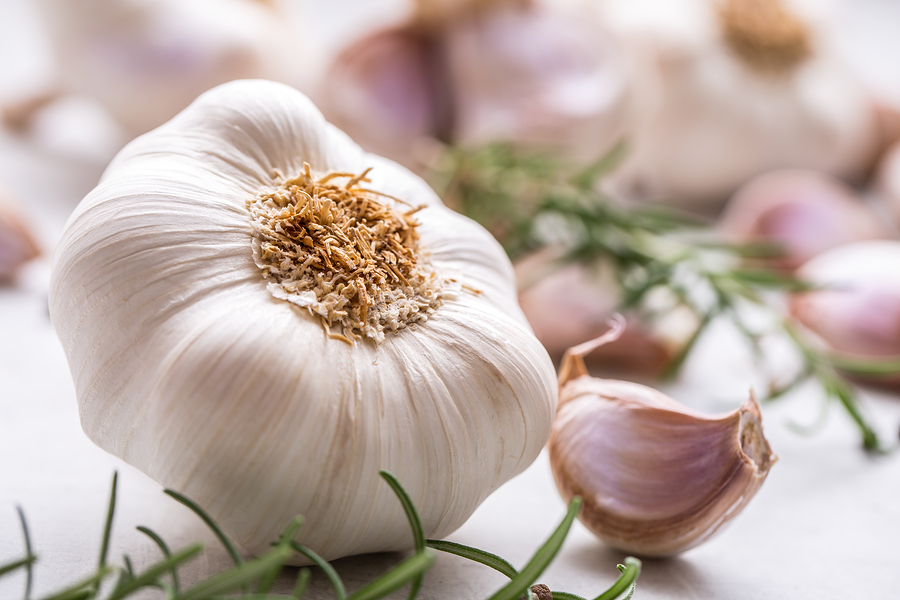Garlic is probably nature’s most potent food. It is one of the reasons people who eat the Mediterranean diet live such long healthy lives. An active sulphurous compound found in garlic can be used to fight robust bacteria in patients with chronic infections, a new study from the University of Copenhagen indicates.
RELATED STORY:

A previous finding from Washington State University showed that garlic is 100 times more effective than two popular antibiotics at fighting disease causing bacteria commonly responsible for foodborne illness.
Here the researchers show that the garlic compound is able to destroy important components in the bacteria’s communication systems, which involve regulatory RNA molecules.
RELATED STORY:
‘We really believe this method can lead to treatment of patients, who otherwise have poor prospects. Because chronic infections like cystic fibrosis can be very robust. But now we, together with a private company, have enough knowledge to further develop the garlic drug and test it on patients’, says Assistant Professor Tim Holm Jakobsen from the Costerton Biofilm Center at the Department of Immunology and Microbiology.
The study is the latest addition from a research group headed by Professor Michael Givskov, which since 2005 has focussed on garlic’s effect on bacteria. At the time they learned that garlic extract is able to inhibit bacteria, and in 2012 they showed that the sulphurous compound ajoene found in garlic is responsible for the effect. The new study, which has been published in the scientific journal Scientific Reports, takes an even closer look and documents ajoene’s ability to inhibit small regulatory RNA molecules in two types of bacteria.
‘The two types of bacteria we have studied are very important. They are called Staphylococcus aureus and Pseudomonas aeruginosa. They actually belong to two very different bacteria families and are normally fought using different methods. But the garlic compound is able to fight both at once and therefore may prove an effective drug when used together with antibiotics’, says Tim Holm Jakobsen.
Previous studies have shown that garlic appears to offer the most powerful, naturally occurring resistance to bacteria. In addition to inhibiting the bacteria’s RNA molecules, the active garlic compound also damages the protective slimy matrix surrounding the bacteria, the so-called biofilm. When the biofilm is destroyed or weakened, both antibiotics and the body’s own immune system are able to attack the bacteria more directly and thus remove the infection.
In 2012 the researchers took out a patent on the use of ajoene to fight bacterial infections. Similar patents have been taken out for compounds in allicin — which gives garlic its aroma and flavour — and is known as one of the world’s most powerful antioxidants.
*Article originally appeared at Prevent Disease.












